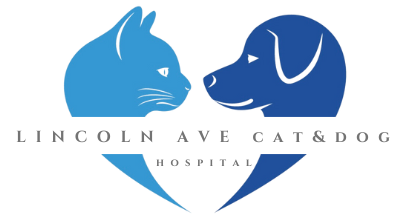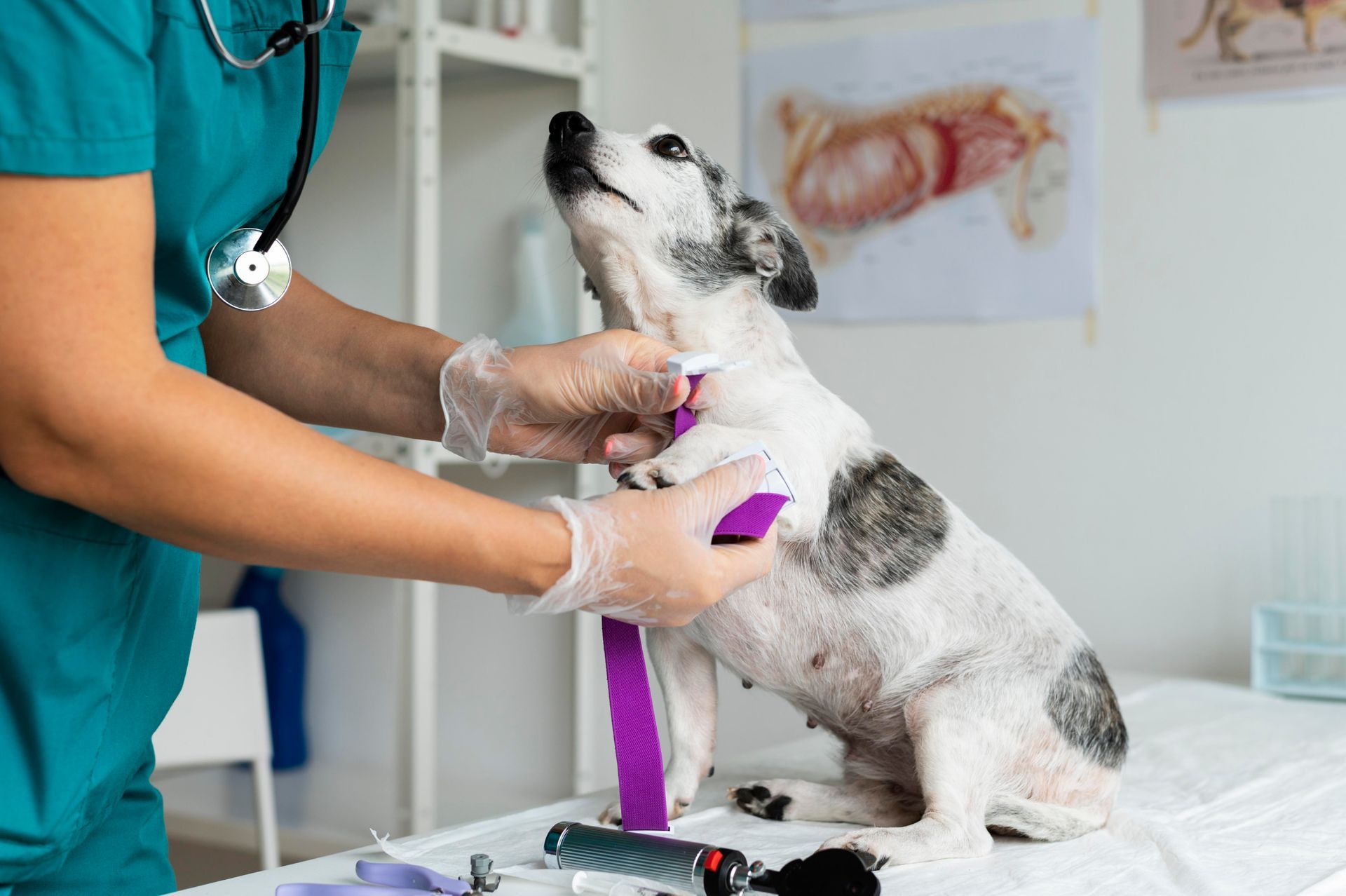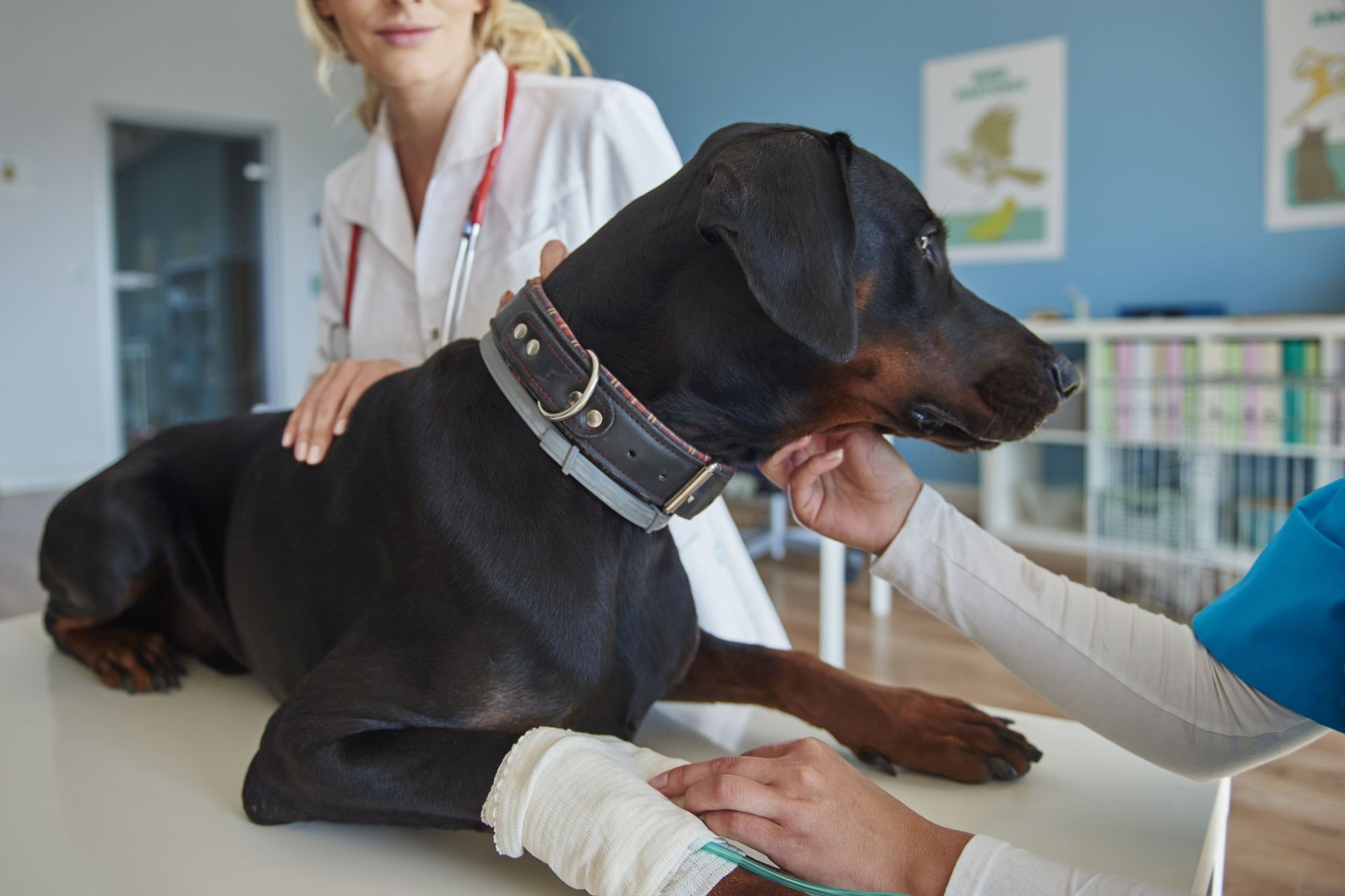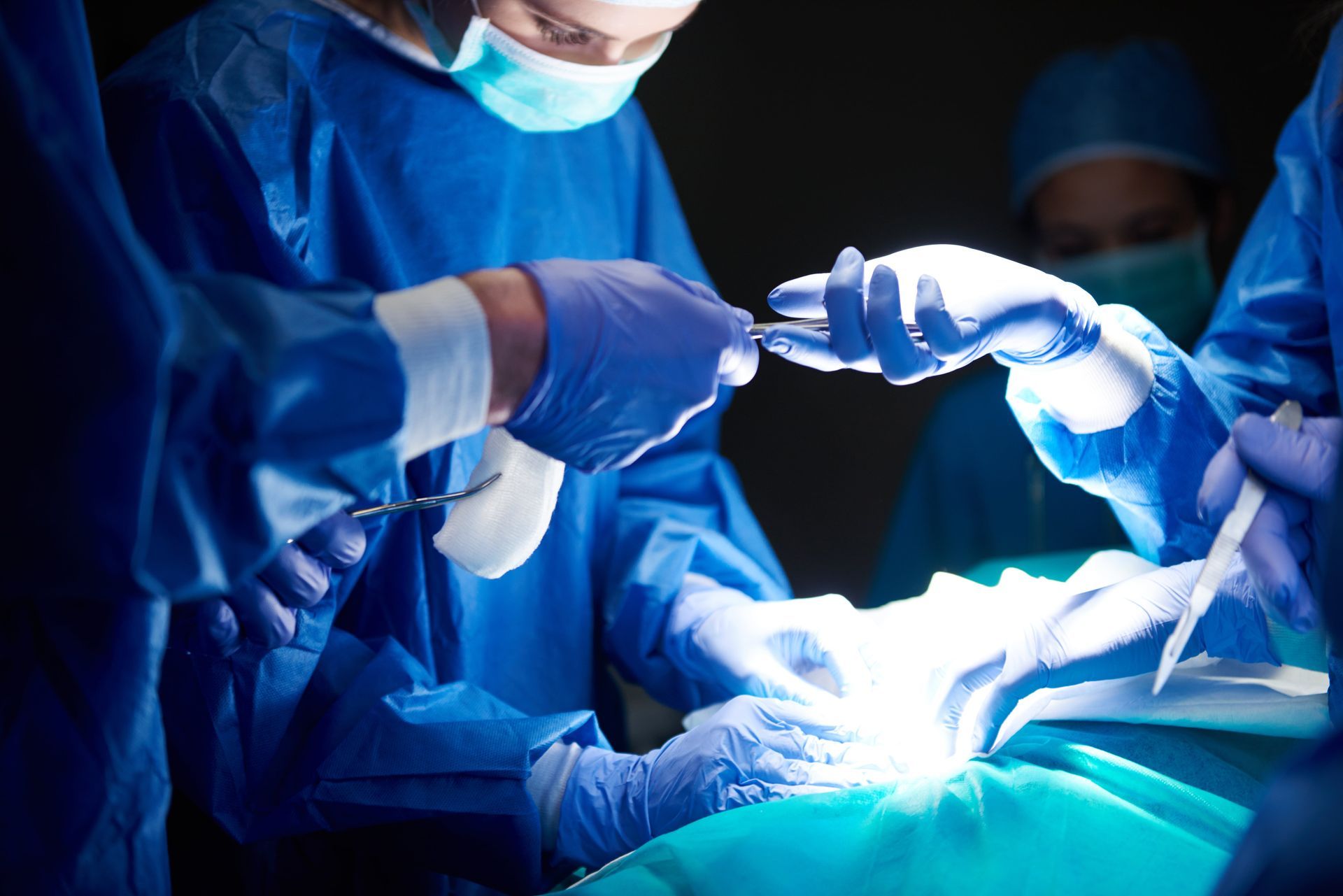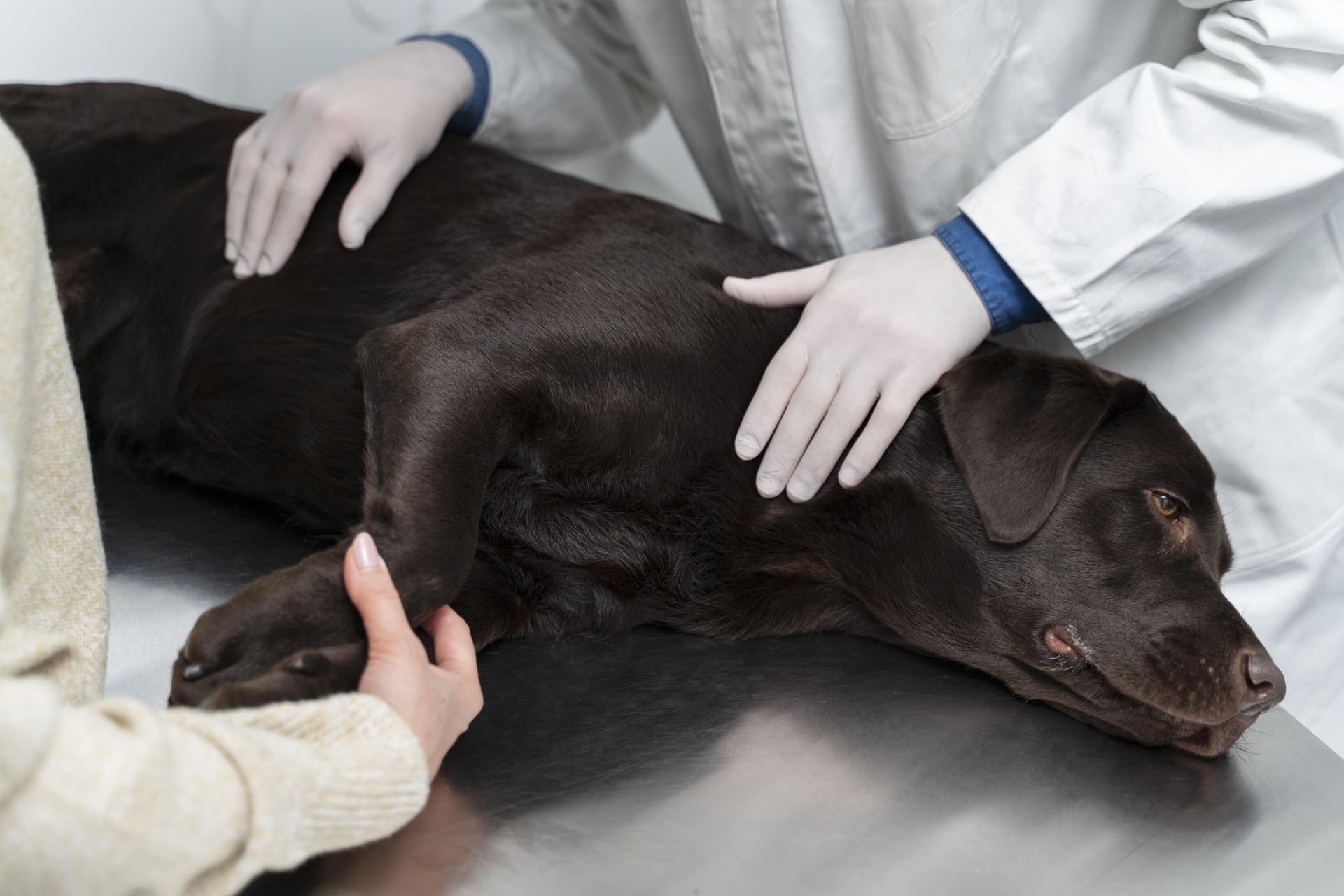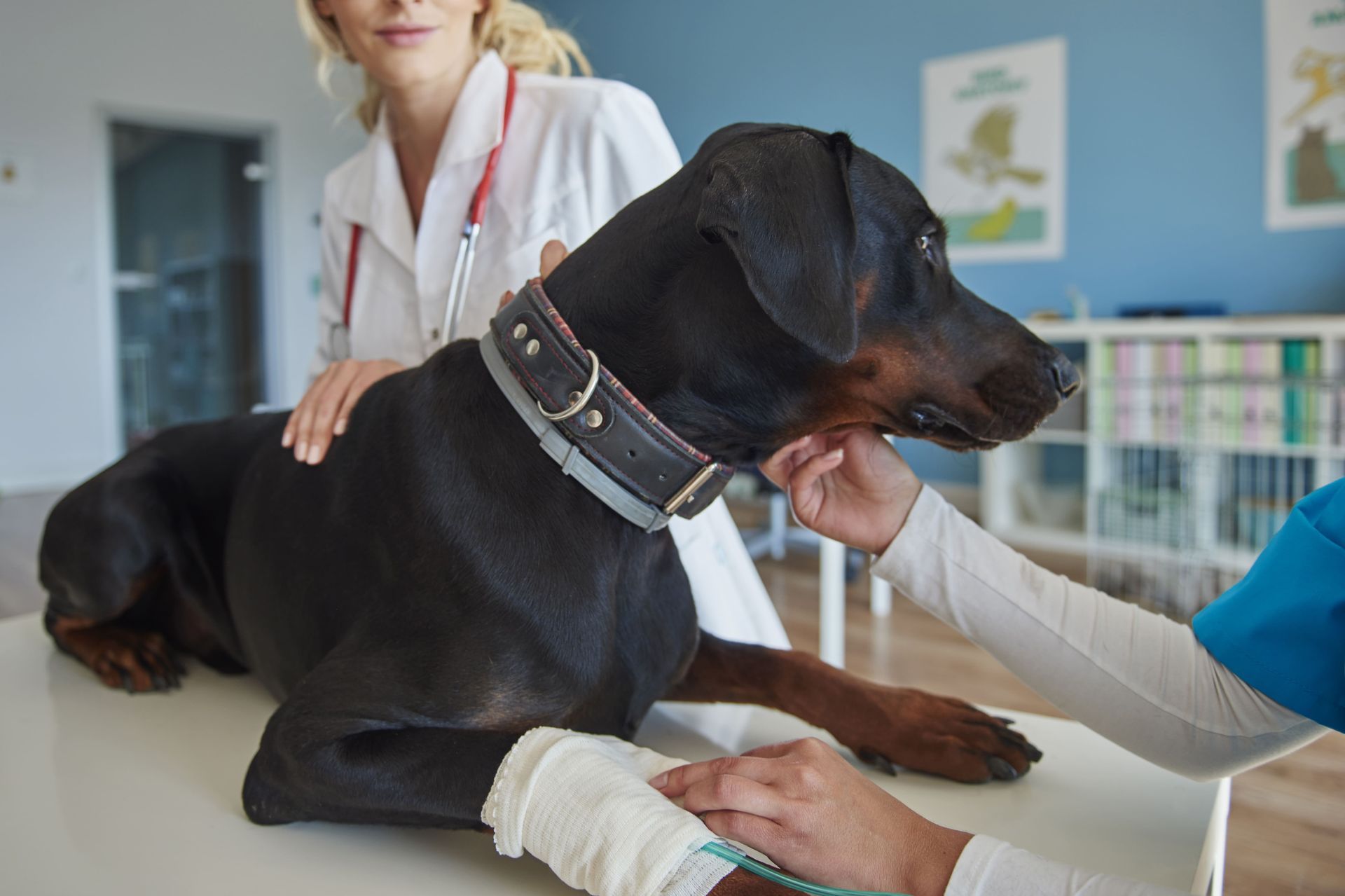Veterinary Radiology Explained: How Imaging Technology is Transforming Pet Care?
When our pets can't tell us what's wrong, modern science steps in, and veterinary radiology becomes their voice. Imagine unlocking the mysteries inside your pet’s body without a single incision. That’s the magic of today’s advanced imaging tools, from crisp digital X-rays to real-time ultrasounds and detailed CT scans. Far from being a complicated corner of vet clinics, veterinary radiology is now at the heart of pet healthcare, speeding up diagnoses, catching hidden conditions early, and making treatment safer and more precise. Whether it’s a limping dog, a coughing cat, or a senior pet needing regular heart checks, radiology gives veterinarians the superpower to see beneath the surface and act fast. In a world where every second counts, especially during emergencies, these tools save lives and improve the quality of care. So let’s take a closer look at how veterinary radiology is transforming routine vet visits into high-tech, life-changing experiences.
Understanding Veterinary Radiology
Veterinary radiology is a fascinating discipline that parallels human medical practices in many ways. At its core, this branch of veterinary science uses advanced imaging technologies like X-rays, ultrasounds, and CT scans to peer inside the bodies of our beloved pets without invasive surgery. This capability is paramount in detecting not just bone fractures but also in identifying tumors, organ abnormalities, and other internal health issues.
Advanced imaging technologies are continually evolving, significantly enhancing the practice of preventive care in the veterinary field, especially through veterinary radiology. By integrating high-resolution tools such as ultrasounds and digital radiography, there is a marked improvement in early detection, accurate diagnosis, and treatment outcomes, allowing veterinarians to offer more personalized care.
In recent years, the introduction of digital radiography and enhanced imaging techniques has revolutionized veterinary practices. Unlike traditional film-based methods, digital imaging provides immediate results, drastically reducing the time pets spend in clinics and enabling quicker diagnoses. The precision these tools afford leads to fewer misdiagnoses and more accurately targeted treatments. This is especially crucial when dealing with chronic conditions that require ongoing management, such as kidney or heart disease. The integration of these technologies not only bolsters the efficiency of healthcare delivery but also elevates the standard of care pets receive. It’s no wonder that veterinary radiology is considered a pillar of progressive pet healthcare.
The Role of X-rays in Pet Diagnosis
X-rays are often one of the first imaging tools used when a veterinarian needs a closer look inside a pet's body. These powerful images can reveal a great deal about an animal's health, from simple fractures to more complex issues like blocked intestines or signs of arthritis. For many veterinarians, the speed and ease of X-ray imaging make it an invaluable tool in emergencies, allowing them to make quick, informed decisions about treatment.
Thanks to advancements in technology, modern X-ray machines now offer digital images that are more precise and can be optimized for even better clarity and detail. This upgrade in veterinary radiology tools ensures less discomfort for pets and much faster recovery times.
Moreover, X-rays are pivotal in the diagnosis and treatment planning of respiratory conditions such as pneumonia, where they allow for a clear view of the chest cavity. They also play a significant role in dental care, highlighting areas of concern that might not be visible during a regular check-up. With digital radiography, veterinarians can manipulate images to enhance details, aiding in the detection of subtle anomalies that could indicate underlying problems. This has transformed the approach towards pet healthcare, making interventions more timely and effective.
Ultrasound: A Dynamic Imaging Tool
Ultrasound technology stands out as a versatile tool in veterinary radiology, providing real-time imaging of internal organs. This is particularly advantageous for evaluating the structure and function of soft tissues, including the heart, liver, and kidneys. Ultrasound's non-invasive nature and absence of radiation make it a preferred method for routine checks on pregnant pets, allowing veterinarians to monitor fetal development without risk.
With the latest advancements, high-resolution ultrasound units can detect subtle abnormalities that might go unnoticed, providing a clearer picture of a pet's health status and facilitating more informed healthcare decisions. This is one area where veterinary radiology shines—bringing clarity to the unseen.
In cardiac evaluations, ultrasounds can provide detailed insights into the functioning of the heart, helping to diagnose conditions such as cardiomyopathy or heart valve issues. This dynamic imaging is crucial not just for diagnosis but also for monitoring the progression of heart diseases, ensuring timely interventions. For pet owners, this means a more proactive approach to managing their pet's health, enabling veterinarians to tailor treatments that address specific needs while minimizing unnecessary procedures.
CT Scans: Detailed Insights into Pet Health
When faced with complex cases or when more detailed imaging is required, CT scans offer unparalleled insights. These scans provide cross-sectional views that allow veterinarians to see the body from multiple angles, making them invaluable for identifying tumors, internal injuries, or complex bone fractures. The precision of CT imaging aids in surgical planning, ensuring safer and less invasive procedures.
For conditions like intervertebral disc disease or brain tumors, CT scans can detect issues that other imaging might miss, making them a critical component in effective diagnosis and treatment. As one of the more advanced tools in veterinary radiology, CT scans represent the fusion of science and compassion in animal care.
Another advantage of CT scans is their ability to construct 3D images of a pet's anatomy. This is particularly useful in assessing structural abnormalities and planning surgical interventions. By providing a comprehensive view, CT imaging assists veterinarians in visualizing the precise location and extent of a problem, which is essential for successful treatment. This advanced level of care ensures better outcomes and faster recoveries for pets, underscoring the importance of cutting-edge diagnostic tools in modern veterinary radiology.
How Radiology Improves Treatment Planning
Radiology's role in treatment planning cannot be overstated. Through detailed imaging, veterinarians can assess the severity of conditions and devise precise treatment strategies that are tailored to the individual needs of each pet. This tailored approach not only enhances the effectiveness of treatments but also improves the overall quality of life for pets.
By detecting and addressing issues early, veterinary radiology technologies reduce the risk of complications and can lead to more targeted, less invasive treatments. This meticulous level of care is central to the compassionate veterinary services provided at Lincoln Avenue Cat & Dog Hospital.
Moreover, radiology empowers veterinarians to monitor the progress of ongoing treatments, adjusting them as needed to optimize outcomes. This flexibility is vital for chronic conditions that require long-term management. From monitoring tumors to evaluating the effects of orthopedic surgery, imaging provides continual feedback that guides treatment choices. This iterative process not only enhances the effectiveness of care but also fosters a collaborative approach between veterinarians and pet owners, ensuring that pets receive the best possible support for their health needs.
The Bright Future of Veterinary Radiology
In the ever-evolving world of veterinary medicine, veterinary radiology stands out as a key player in enhancing pet care. By providing detailed insights and contributing to accurate diagnoses, it equips veterinarians with the tools they need to offer the best possible treatments. As technology continues to advance, the future of this field looks brighter than ever, promising even more innovations that will further improve the health and well-being of pets everywhere. From fuzzy X-rays to real-time ultrasounds and 3D CT scans, veterinary radiology is shaping a future where pets live longer, healthier, and happier lives.
Conclusion
Veterinary radiology is more than just technology; it's a lifeline for pets and peace of mind for pet parents. It bridges the gap between symptom and solution, between worry and relief. Whether it's a quick X-ray during an emergency or a detailed ultrasound for ongoing care, this field plays a critical role in safeguarding our pets' health. With every advancement, veterinary radiology reaffirms its place as a trusted tool in compassionate, science-backed veterinary care. If you're looking to ensure your pet gets the best possible treatment, explore radiology services that prioritize accuracy, speed, and comfort. Your pet deserves nothing less.
FAQs
Q-1. What is veterinary radiology, and why is it important?
Ans: Veterinary radiology is the use of imaging technologies like X-rays, ultrasounds, and CT scans to diagnose and monitor health conditions in animals. It is essential for detecting issues early and planning effective treatments.
Q-2. Is radiology safe for pets?
Ans: Yes, modern veterinary radiology techniques, especially digital imaging and ultrasound, are non-invasive and safe. They use minimal radiation, and ultrasound involves no radiation at all.
Q-3. When might my pet need an X-ray or CT scan?
Ans: Your pet may need imaging if they show signs of injury, illness, or internal issues such as lameness, breathing problems, or digestive disturbances. CT scans are used for more complex cases requiring detailed views.
Q-4. How do ultrasounds differ from X-rays in veterinary care?
Ans: Ultrasounds are ideal for soft tissue imaging and offer real-time, radiation-free imaging. X-rays are better for viewing bones and dense structures, and are often used in emergencies.
